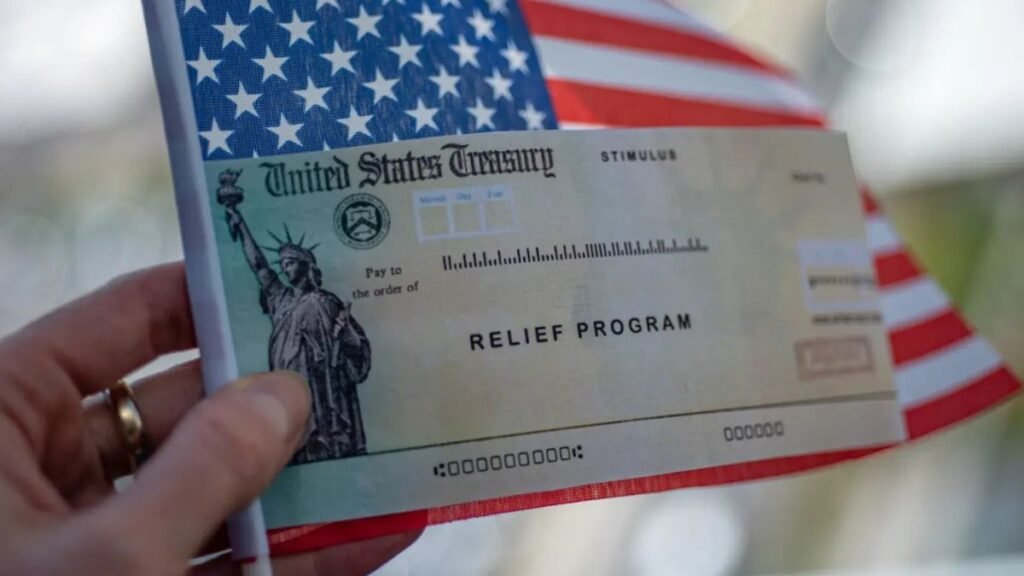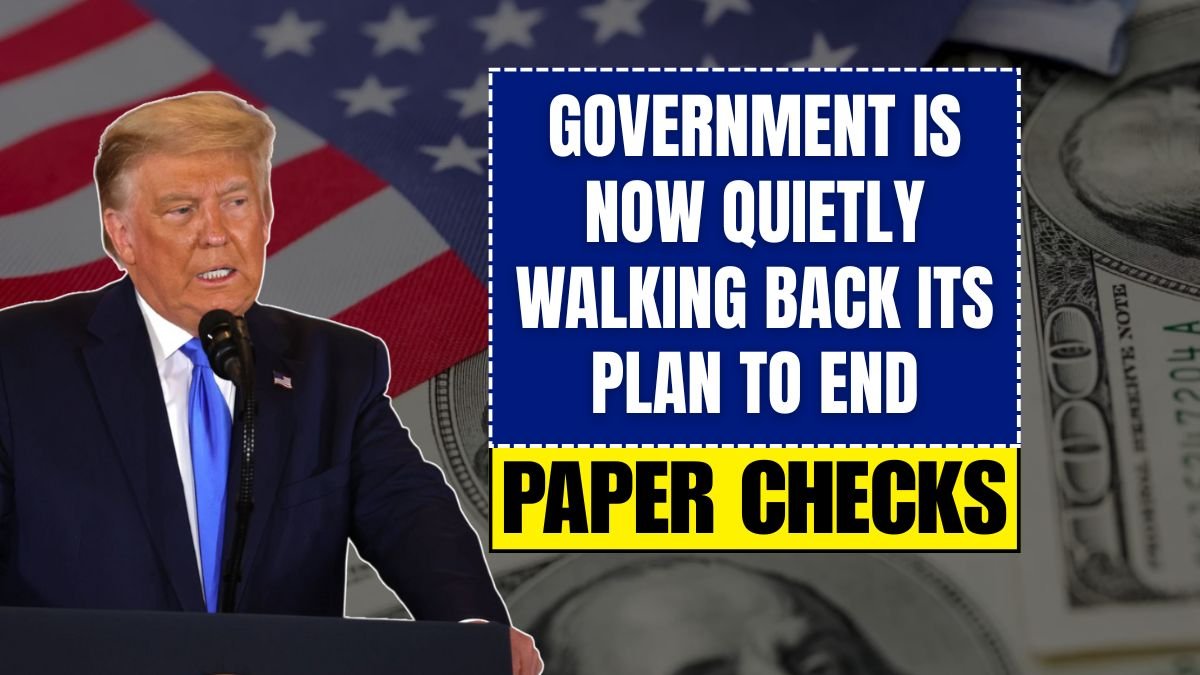For nearly 90 years, the light green Social Security paper check was more than just a payment. It was a symbol of trust. For millions of Americans, this check represented their hard work, their contributions, and the stability they had relied on for years. But in the fall of 2025, that tradition nearly came to an end.
On September 30, 2025, the Social Security Administration (SSA) officially announced that paper checks were about to become a thing of the past. This move was considered the final stage of America’s digital modernization plan. But just days later, the agency quietly reversed its decision.
How the Plan to Eliminate Paper Checks Began

In March 2025, an executive order signed by President Donald Trump directed all federal agencies to discontinue paper-based payments “where permitted by law.”
According to the Treasury Department and the SSA, the move was perfectly logical—cheaper, faster, and more secure.
- It costs approximately 50 cents to print and mail a paper check.
- While a digital payment costs about 15 cents.
- Paper checks are 16 times more likely to be lost or stolen.
- Direct deposits are received instantly and tracking is available.
The government’s goal was to reduce fraud, lower administrative costs, and align with modern financial systems by making the payment process entirely digital.
99.4% of People Were Already Digital—So Where Did the Problem Arise?
By mid-2025, approximately 99.4% (about 69.5 million) of Social Security beneficiaries were already receiving payments via direct deposit or Direct Express card. The remaining 0.6%, or about 400,000 people, became the source of the problem.
Who were these 0.6%?
These people were receiving paper checks out of necessity, not stubbornness:
- California – 43,000 people
- Texas – 28,000
- Florida – 24,000
These included mostly elderly, low-income individuals, residents of rural areas, or people with disabilities. Many did not have bank accounts, internet access was unavailable in many areas, and some feared digital fraud. For them, paper checks were the safest and most reliable option.
The ‘Quiet but Significant’ Change Came Just Before the Deadline
After considerable criticism and pressure, the SSA softened its stance in the final days.
A post published on the SSA blog on September 19th made it clear:
- “If an individual is unable to switch to digital payments, their benefits will not be stopped.”
A few days later, Matthew Bilenski, the SSA’s Director of Finance and Management, confirmed that those without digital options would continue to receive paper checks indefinitely.
This change was implemented quietly, without a press conference or major announcement.
Why Did the Government Back Down?
Pressure against this policy came from several levels:
- Senior citizen organizations like AARP stated that stopping paper checks would harm the most vulnerable.
- Several lawmakers warned that rural residents and senior citizens could be affected.
- State governments feared that thousands of checks could go unclaimed.
- Federal officials were also concerned that headlines like “Seniors Didn’t Receive Payments” in an election year could create a political crisis.
Ultimately, the government realized that this change was as sensitive as it was technical.
Why Was This Move Sensible?
The digital transition is the right direction, but not every citizen can adopt technology at the same pace. According to the Pew Research Center:
- 25% of senior citizens over 70 do not have internet access at home.
- 15% do not own a smartphone or computer.
In this situation, the SSA’s reversal was a relief for millions of people and also demonstrated the government’s sensitivity. Now There
Are 3 Options for Receiving Social Security Payments
The SSA now offers options, not mandates:
1. Direct Deposit
- This is the fastest and safest method if you have a bank account.
- You can activate it through your “my Social Security” account or at your local SSA office.
2. Direct Express Debit Card
- For those who do not have a bank account.
- It works like a prepaid card.
- → You can sign up by visiting www.usdirectexpress.com or calling 1-800-333-1795.
3. Hardship Waiver (Paper Check Exemption)
- If someone is unable to use a digital option—due to physical, geographical, or economic reasons—they can continue to receive paper checks.
- → For this, you can contact the Treasury Department at 1-877-874-6347.
Now, each paper check also includes a slip with information about the digital options and support numbers.
Conclusion: Balancing Digital Progress and Realities
The decision to completely eliminate paper checks was technically sound but practically challenging.
The SSA’s peaceful U-turn shows that while the government wants digital transformation, it cannot ignore a human-centered approach.
This decision not only provides relief to millions of senior citizens but also proves that it is essential to consider both technological progress and social realities when making policy.
FAQs
Q. Is the government still ending all Social Security paper checks?
A. No. The plan has been paused, and paper checks will continue for people who cannot use digital payments.
Q. Why did the SSA reverse its decision?
A. They backed down after criticism from seniors, advocacy groups, and lawmakers who said the change would harm vulnerable people.
Q. Who can still receive paper checks?
A. Anyone who qualifies for a hardship waiver, including people without bank access, internet issues, or physical limitations.
Q. What are the digital options available now?
A. Beneficiaries can use Direct Deposit or the Direct Express debit card.
Q. Will my benefits stop if I don’t switch to digital payments?
A. No. SSA confirmed that no one will lose benefits for staying on paper checks.



